Why Standard Operating Procedures Matter
Businesses rely on Standard Operating Procedures (SOPs) to ensure consistency, efficiency, and compliance.
But most companies struggle to write them properly.
Some hand off the job to a random employee, thinking it’s just about listing steps.
The problem? Badly written SOPs confuse people, waste time, and lead to mistakes.
A technical writer makes sure SOPs are structured, clear, and actually useful.
Who Actually Writes SOPs?
Many businesses do not know who to call when they need an SOP written.
They might ask:
- Who writes business policies?
- Who documents procedures?
- Who can help with standard operating procedures?
The answer? A technical writer.
A technical writer specialises in turning complex processes into step-by-step documents that anyone can follow.
Unlike an admin or a manager, a technical writer:
✅ Writes in plain language to avoid confusion
✅ Follows structured formats for easy readability
✅ Uses visuals like flowcharts and diagrams
✅ Ensures compliance with industry standards
If your SOPs are confusing, inconsistent, or outdated, you need a technical writer.
Why Most Businesses Get SOPs Wrong
SOPs are more than just instructions.
Bad SOPs lead to:
❌ Inconsistent processes across teams
❌ Longer employee training times
❌ More mistakes and inefficiencies
❌ Regulatory compliance risks
A technical writer ensures SOPs are user-friendly and actually followed.
How a Technical Writer Creates Effective SOPs
A good SOP should:
📌 Be clear and concise – Short sentences, bullet points, no fluff
📌 Follow a structured format – Consistent templates and styles
📌 Use visuals where needed – Diagrams, flowcharts, screenshots
📌 Be regularly updated – Processes evolve, and SOPs should too
Without these elements, SOPs become useless.
Need professional SOPs that actually work?
At Aliso Digital, we create structured, clear, and effective Standard Operating Procedures that help businesses operate smoothly.
👉 Visit Aliso Digital to get expert SOP writing today.






